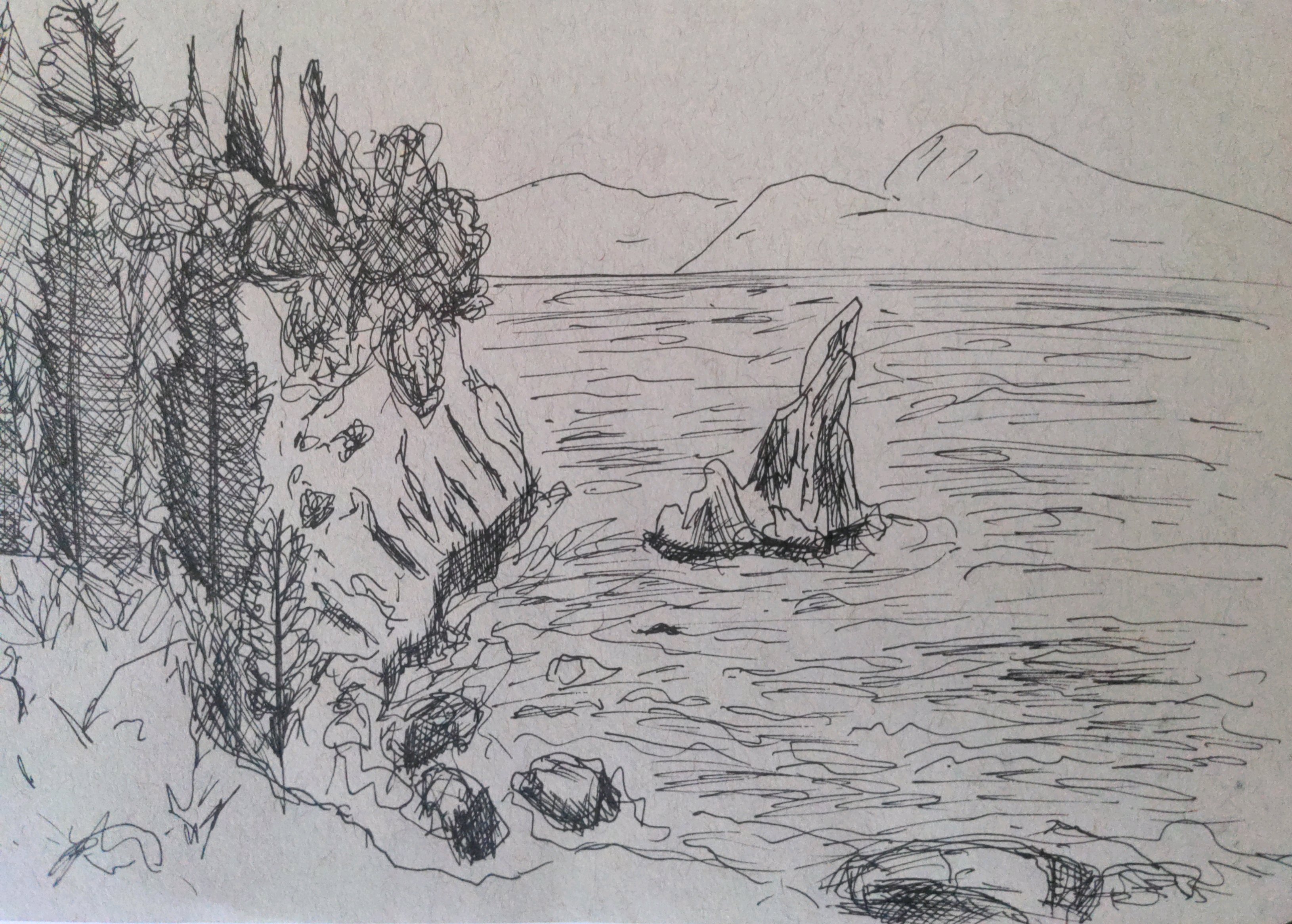
I am broadly interested in (so far, mostly hyperbolic) geometry and its interactions with dynamics. Specifically, I have studied dynamical properties of asymptotically geodesic surfaces in hyperbolic 3-manifolds and how these surfaces reveal properties of their ambient manifold in (1) and (2) below. I have also studied slope gap distributions of saddle connections of flat surfaces in (3).
Note: Articles (1) and (2) below are also on Arxiv but the versions below are more updated.
(3) Slope gap distribution of the double-heptagon and an algorithm for determining winning vectors (with Nada Ali, Uma Arengo, Taylor McAdam, Carson Newman, Noam Scully, and Sophia Zhou) (arxiv)
Submitted.
Abstract: In this paper, we study the distribution of renormalized gaps between slopes of saddle connections on translation surfaces. Specifically, we describe a procedure for finding the winning holonomy vectors as defined by Kumanduri-Sanchez-Wang, which constitutes a key step in calculating the slope gap distribution for an arbitrary Veech surface. We then apply this method to explicitly compute the gap distribution for the regular double heptagon translation surface. This extends work of Athreya-Chaika-Lelievre on the gap distribution for the golden L translation surface, which is equivalent to the regular double pentagon surface.
(This was the byproduct of an undergraduate summer research program co-mentored with Taylor McAdam.)
(2) Asymptotically geodesic surfaces (with Ben Lowe) (pdf)
Submitted.
Abstract: A sequence of distinct closed surfaces in a hyperbolic 3-manifold M is asymptotically geodesic if their principal curvatures tend uniformly to zero. When M has finite volume, we show such sequences are always asymptotically dense in the 2-plane Grassmann bundle of M. When M has infinite volume and is geometrically finite, we show such sequences do not exist. As an application of the former, we obtain partial answers to the question of whether a negatively curved Riemannian 3-manifold that contains a sequence of asymptotically totally geodesic or totally umbilic surfaces must be hyperbolic. Finally, we give examples to show that if the dimension of M is greater than 3, the possible limiting behavior of asymptotically geodesic surfaces is less constrained than for totally geodesic surfaces.
(1) Limits of asymptotically Fuchsian surfaces in a closed hyperbolic 3-manifold (pdf) (thesis)
To appear in Geometry and Topology.
Abstract: Let \(M\) be a closed hyperbolic 3-manifold. Let \(\nu_{Gr(M)}\) denote the probability volume (Haar) measure of the 2-plane Grassmannian \(Gr(M)\) of \(M\) and let \(\nu_T\) denote the area measure on \(Gr(M)\) of an immersed closed totally geodesic surface \(T\) in \(M\). We say a sequence of \(\pi_1\)-injective maps \(f_i:S_i\to M\) of surfaces \(S_i\) is asymptotically Fuchsian if \(f_i\) is \(K_i\)-quasifuchsian with \(K_i\to 1\) as \(i\to \infty\). We show that the set of weak-* limits of the probability area measures induced by \(f_i\) on \(Gr(M)\), where \(f_i:S_i\to M\) are asymptotically Fuchsian minimal or pleated maps of closed connected surfaces \(S_i\), consists of all convex combinations of \(\nu_{Gr(M)}\) and the \(\nu_T\).